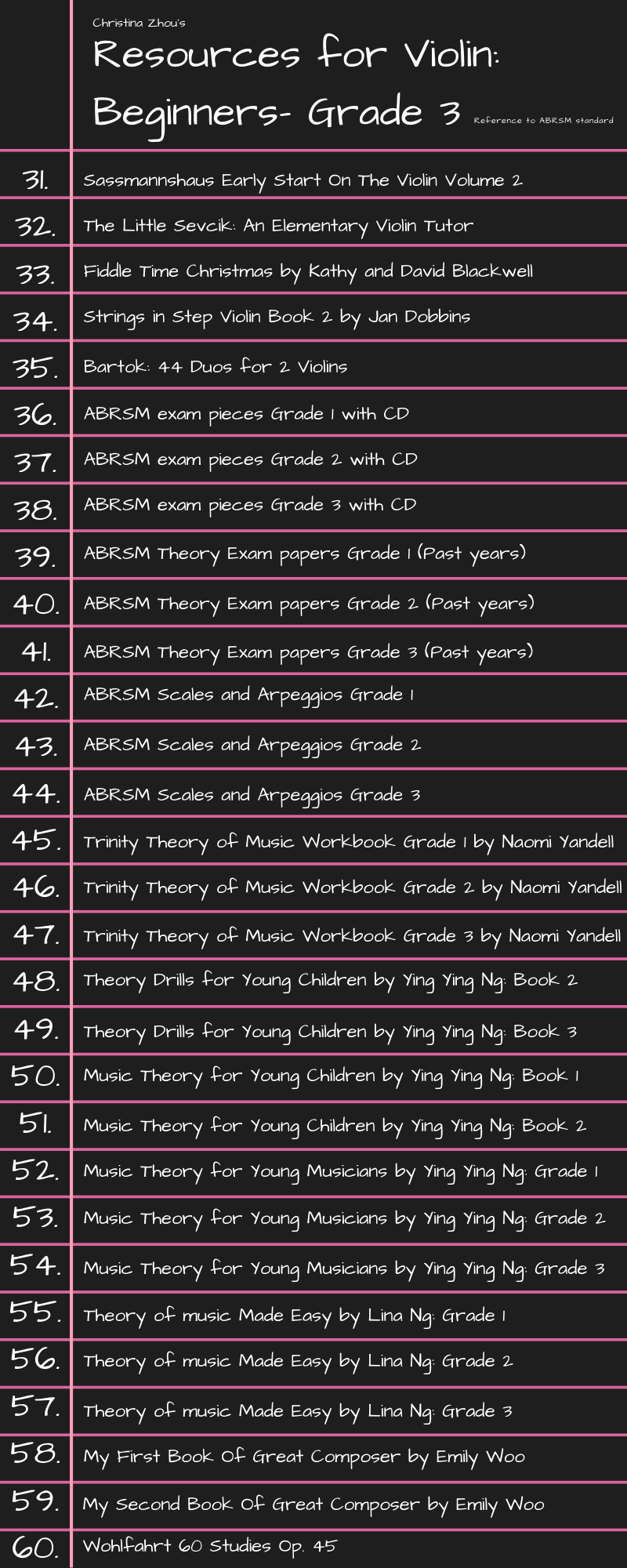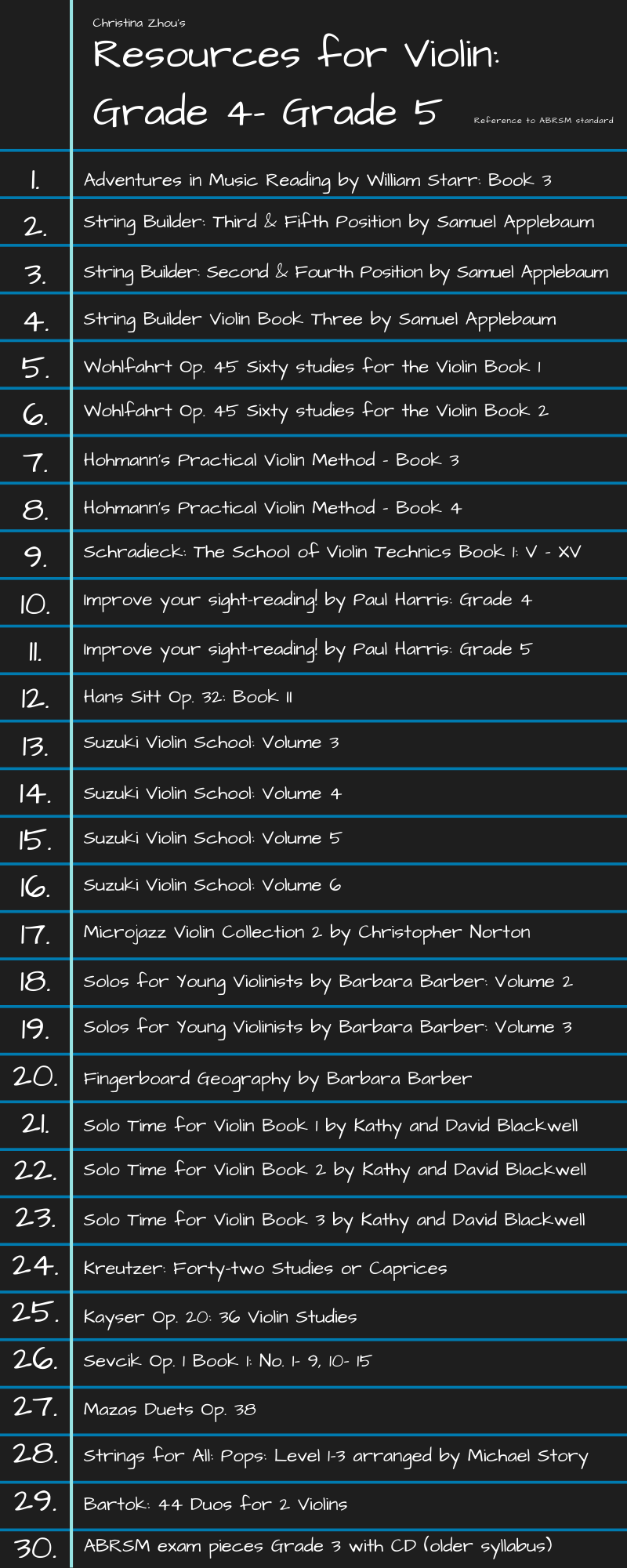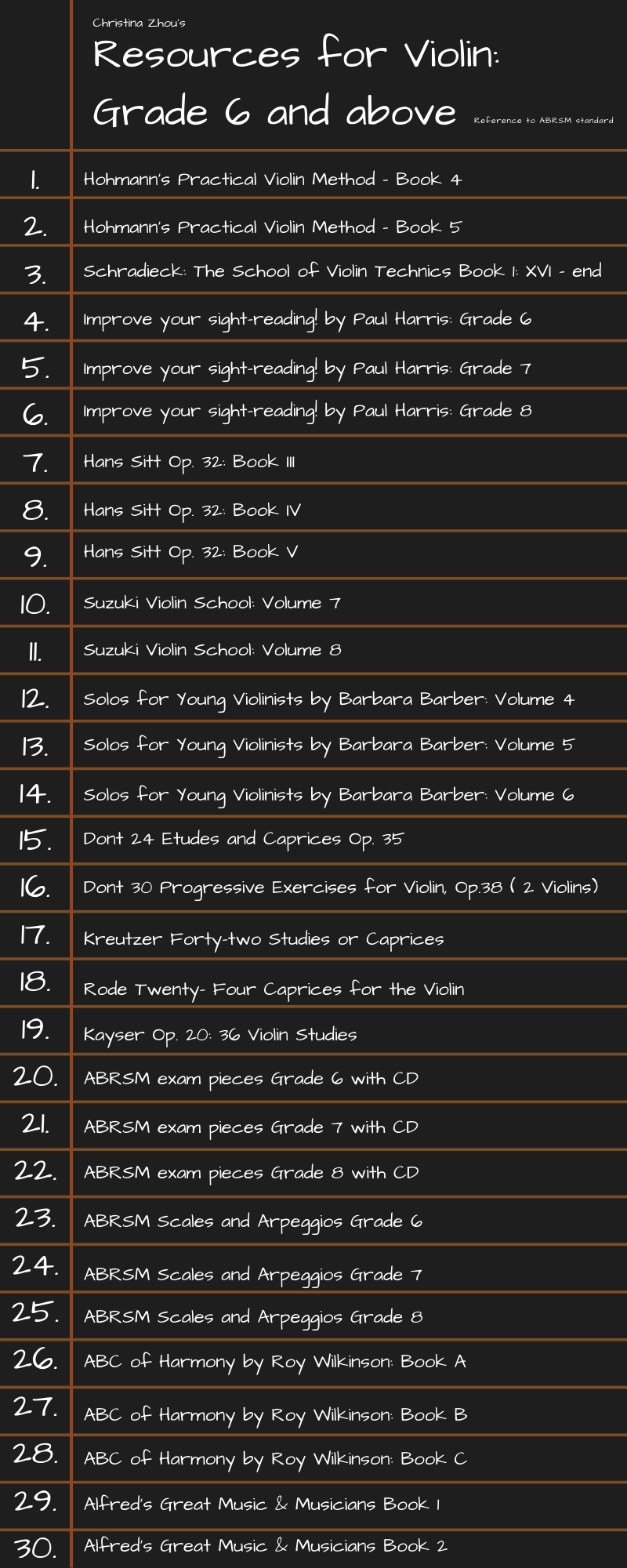Why are there so many bow strokes with so many different names?! How are they related and how do we play them?! What’s the difference between a Détaché, Martelé, Spiccato and so many other bowings?? How do we notate this and that? These are some of the common questions that are being asked with regards to the different types of bow strokes.
There are tons of information, videos, books, details out there. But I realized that the written information out there on bow strokes are all over the place; they were either too wordy, too vague, or just not visually satisfying to absorb. “Why isn’t there a clearer/simpler visual of all these wonderful bow strokes and information?” 🤔
With references to the teachings and contents by Leopold Auer, Ivan Galamian, Samuel Applebaum, James Kjelland and many more, I thought: Why not create an infographic on the different bow strokes? This “research” process has been tiring yet intriguing and fun as I’ve learned some terms that I never knew as well! We’ve been playing and executing these techniques without knowing the names of it and it’s been a refreshing experience for myself.
I hope that this infographic will be useful for anyone who needs it. There are many more names/terms to the bow strokes, as well as notations for the strokes that I have not included (or couldn’t fit it into poster><). The mixed use of notations are endless but I’ve tried to be as precise as I can in including the least- most commonly used bow strokes.
I hope to include videos to these strokes eventually for better clarity. As usual, I’ll be updating and refining these overtime. Feel free to share it if you find it useful!=)
Cheers to a better string community!🥰









